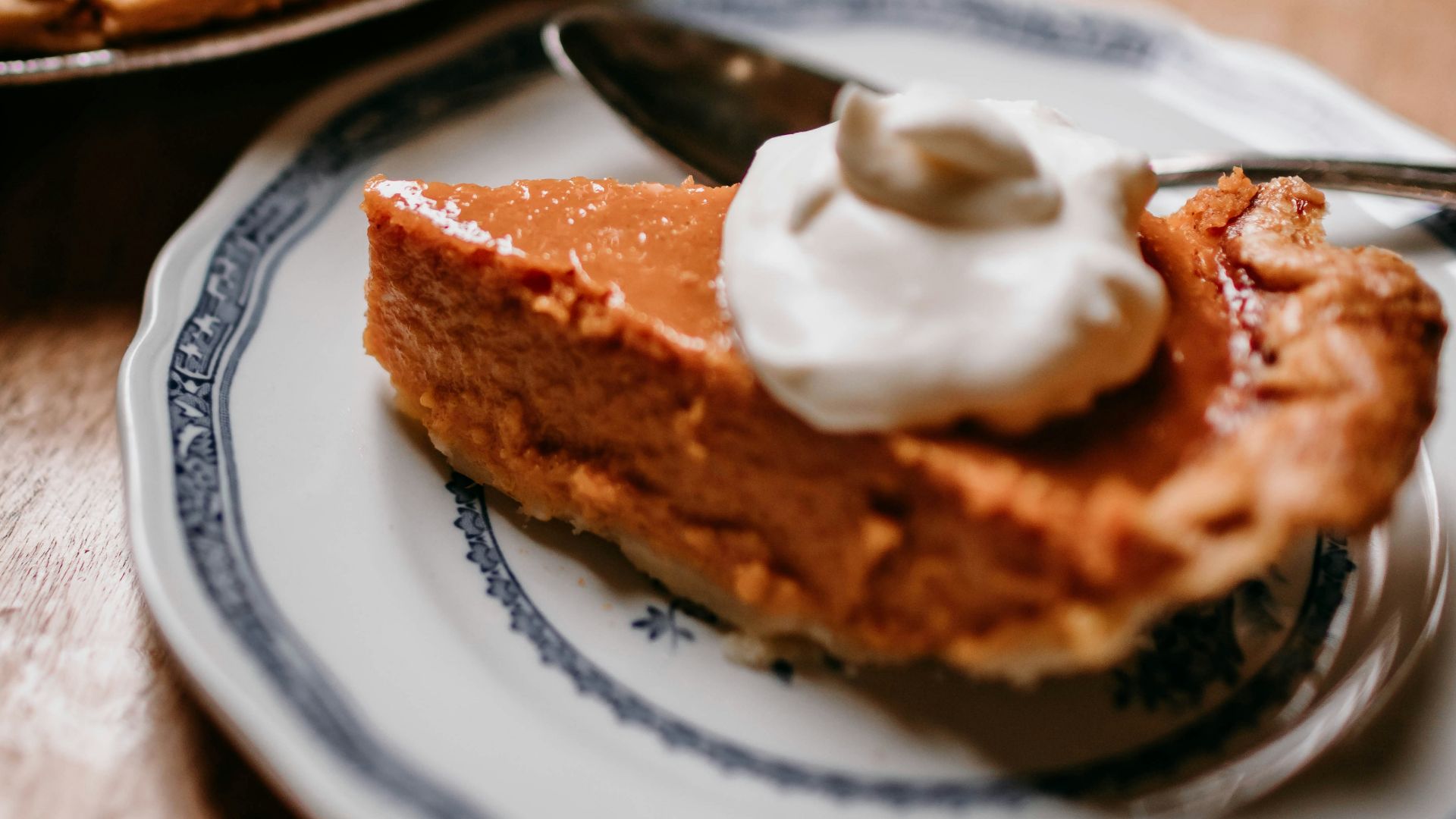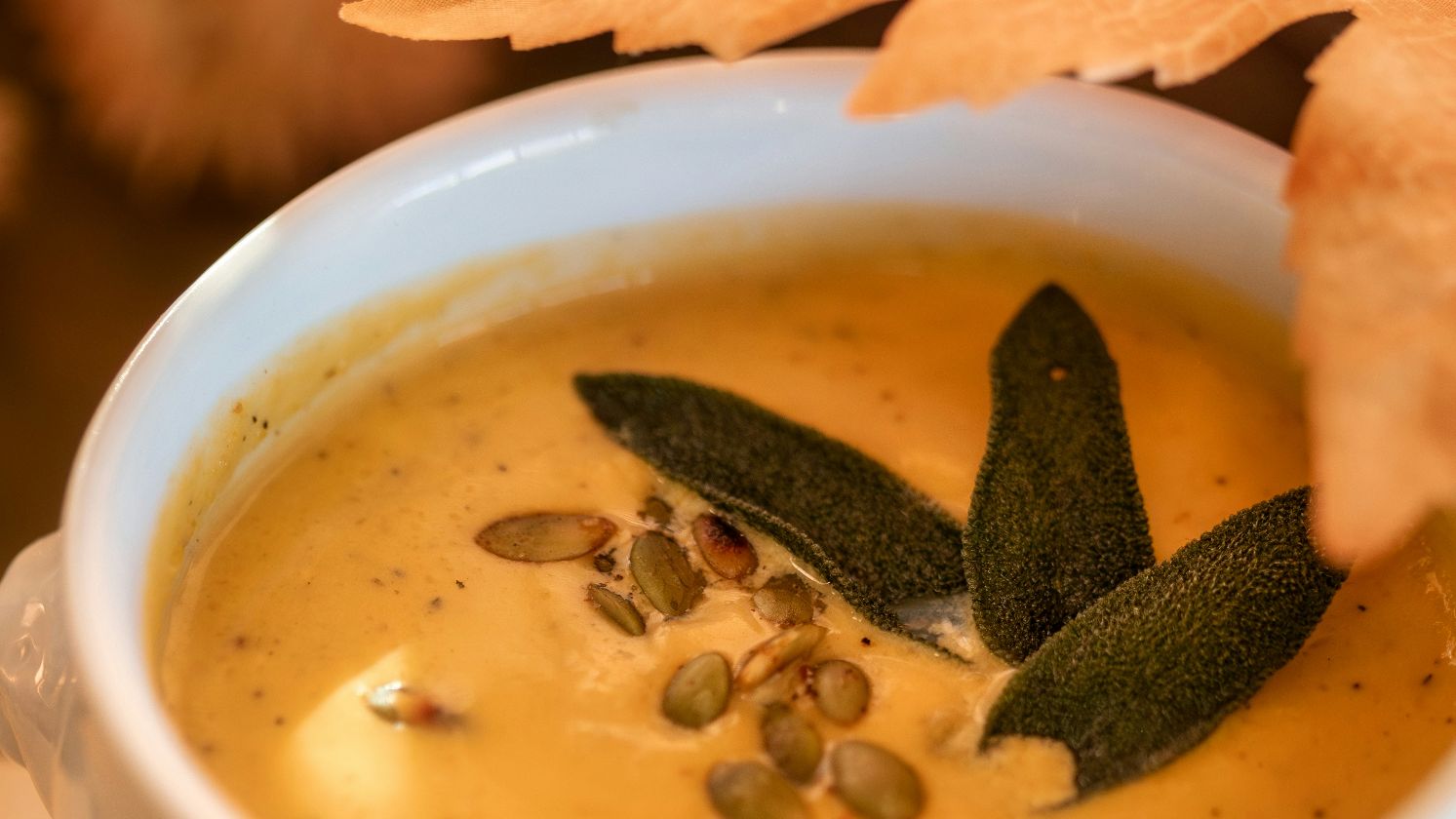There are few dishes more universally comforting or more quintessentially British than fish and chips. These perfectly crispy bits of fried fish and golden potato fries have been feeding hungry bellies for more than 100 years. First appearing in England in the 19th century, fish and chips became the perfect working-class meal. By the early 20th century, thousands of “chippies” lined the streets of the United Kingdom, cooking up fresh orders and wrapping them in newspaper. During both World Wars, the British government protected the country’s fish and chip supply, making it the only food in the country not subject to rationing to keep spirits up. To this day, it’s a beloved takeaway classic in all corners of the English-speaking world, from London to Sydney to Toronto.
But what makes a good fish and chips truly great? The key is in the batter, and more specifically, one golden ingredient: beer.
Why Beer Batter Rules
Anyone who's enjoyed a well-made piece of fried fish with its crisp, flaky crust knows the wonder of beer batter. But how much do you know about what goes on in a beer batter besides a genius pub marketing ploy? Beer actually does a lot for batters due to its three main ingredients: carbon dioxide, foaming agents, and alcohol.
Carbon dioxide naturally leavens the batter as it's whisked with flour, creating small bubbles. When fried, the carbon dioxide quickly escapes from the batter, expanding it to a lacy, aerated texture. In addition, it helps insulate the batter from the oil, gently steaming the fish while it's in the fryer to create that coveted browned coating without overcooking the fillet. The alcohol in beer also quickly evaporates, meaning the batter crisps up faster, and foaming agents naturally found in beer help stabilize those air bubbles, helping the coating to brown evenly.
The Rules for Crisp
Restaurant-quality fried fish at home isn't hard to make; just follow these simple guidelines. Dry the fish thoroughly with paper towels. Excess moisture will make the batter slide right off or become soggy. Salt and pepper both sides of the fish before dipping into the batter. Oil that's too cool will make greasy, limp fish, and oil that's too hot will burn the coating without cooking the fish through. The magic temperature is 375°F (190°C). Invest in a kitchen thermometer; they're not expensive. Overcrowding the skillet with too many pieces of fish at a time will reduce the temperature of the oil and spoil the crispness. Fry in small batches, and give each piece plenty of room.
The Recipe
Follow these steps precisely, and you'll have perfect fish in no time. First, heat oil in a deep pot or fryer to 375°F. Then, cut the fish into sticks about 1 inch wide by 3 inches long. Pat dry and season. In a bowl, whisk together the flour, garlic powder, paprika, and seasoned salt. Add the egg, then slowly whisk in the beer until the batter is smooth. Dip each piece of fish in the batter, then carefully lower it into the hot oil. Fry for 3 to 4 minutes, until golden brown. Remove with tongs and place on a wire rack to drain. Serve hot with thick-cut fries, malt vinegar, and a wedge of lemon. And voila!
KEEP ON READING










